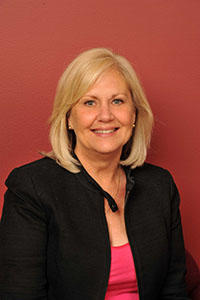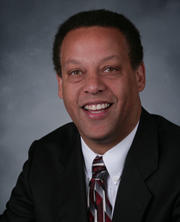SOD experts contribute to national oral health report

main image courtesy of the NIH
A revolutionary report on the state of oral health in America involves expertise from two School of Dentistry experts on oral health integration and the workforce.
Oral Health in America: Advances and Challenges, a report from the National Institutes of Health, was published in December 2021 as a follow up to the seminal 2000 Surgeon General report that asserted the role of oral health in overall health care and set the direction of policy, education and care for the 21st century.
The 2021 report reflects on updates, milestones and setbacks to oral health care delivery in the United States in the 20-plus years since the original report, exploring the role of oral health in health, how oral health and care looks across stages of life, workforce and oral health practice issues and the emergence of new science and technologies. Each section of the extensive report explores the topic’s background, current state and future directions for work and research.
Expertise for the report came from working groups of contributors from throughout the country, including the School of Dentistry’s Karl Self, DDS, MBA, associate professor and director of the Division of Dental Therapy, and Christine Blue, DHSc, MS, associate professor and assistant dean for faculty development. Both served as contributing authors in the workforce section of the report.
Blue and Self were excited to share their knowledge when they were approached to contribute to the report. Blue credits her involvement to her expertise in dental hygiene education and dental therapy, while Self sees his role in workforce development, health care access and dental therapy as important for the report’s mission.
“It was such an honor to be a contributor,” Blue reflected. “The Surgeon General’s Report on Oral Health is an important, widely read document that has considerable influence on our policy and has the potential to impact the health of the American people.”
Self agreed, reflecting on the great impact the 2000 report had on how we educate and practice. “People are still quoting that today,” he said. “To be part of the first follow up to that report is a tremendous honor.”
Moreover, the two were excited to contribute to the future of dentistry—especially in terms of dental therapy. “Dental therapy could be considered an offshoot of the previous report’s recommendations,” he explained, based on workforce and team-based care recommendations. “To be able to contribute to how things have evolved in the past 20 years and share my experience in Minnesota was exciting.”
Both Blue and Self joined small groups that discussed charged topics, which then turned into chapters that underwent a series of revisions, updates and recommendations. Though they are two of over 200 contributing authors, they see their influence in the report and are excited to see how it will transform the future of oral health care. For Blue, the report’s most important focus is on where we can go next. “The 2021 report reinforces the importance of oral health throughout the lifespan, and the barriers that still exist for many Americans,” she explained. “This report outlines these issues and a vision for future research and policy.”
For Self, the bottom line is similar: “Dentistry has evolved over the past twenty years, but we still have a long ways to go.”
And the two are hopeful that this report can make a real difference in where things go for the future, much like the original report did. “I’m hoping this report becomes a benchmark like the first one did,” Self reflected. “The report is so broad, but for me, what really excites me is the focus on access to care.”
Blue agreed. “I hope it will inspire a vision of what can be accomplished,” she said, noting the integration of care teams and the expansion of dental therapy as examples. “I hope the report will invigorate the public, health care professionals and policy makers to pursue innovative strategies so all Americans can equally share the benefits of oral health.”

